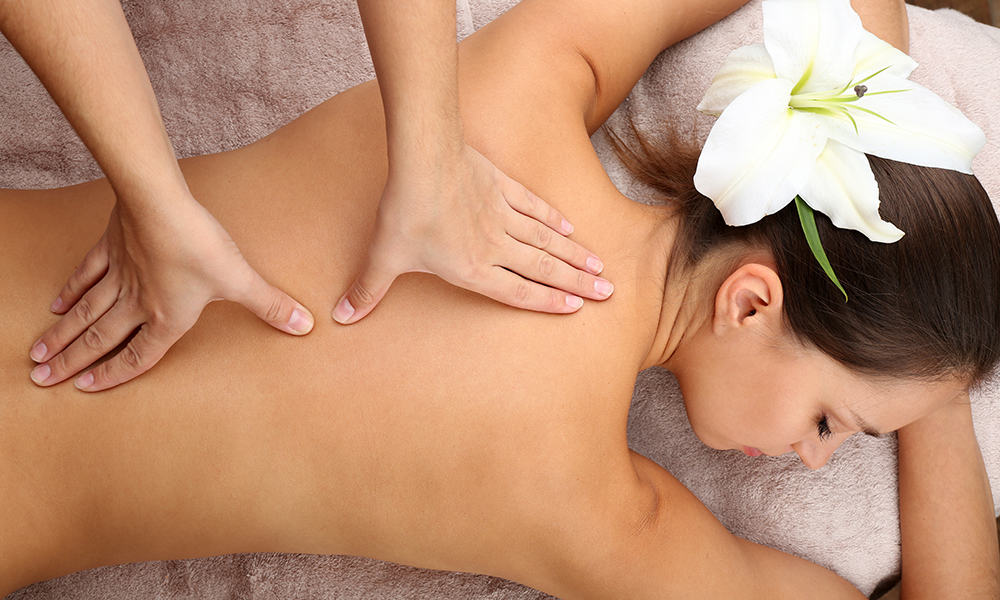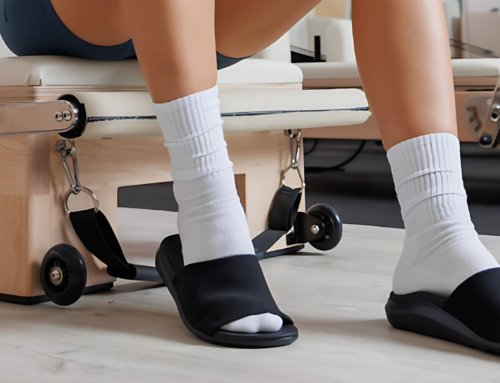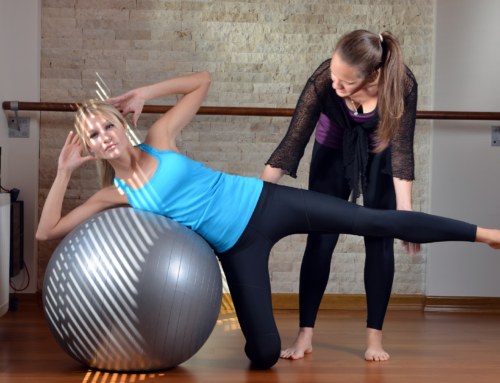Have you been wondering how Physios can help with your pain relief? Whether it is a joint or muscle issue, a physiotherapist can diagnose the problem for you. With so much information available online, it can be hard to decide whom to trust. Furthermore, many physios are moving away from putting their hands on their patients and relying solely on exercises! This creates further apprehension in the patients minds regarding their recovery. After all how can one treat without actually touching you? Right?

Hence, the need for this article. I really want to explain how our physios help you get pain relief using traditional manual therapy techniques. And yes, we do put our hands on our patients not just exercises! Here are 5 ways we help you recover from pain.
1. We ask the hard questions
Now it may feel like a bit of an interrogation but we are really just trying to get a complete understanding of your pain. This will include some personal questions about your lifestyle. Things that aggravate or provide you pain relief give us a lot of information. It actually helps us in naroowing down the cause of your injury or condition. So the more information you give us the better.
2. Checking how your joints move to provide pain relief strategies
Pain is a very strong inhibitor of muscles. What does this mean? It actually stops the muscle from moving well. Since our muscles help our joints move, a joint can stiffen up. Assessing the joint pattern helps us in diagnosing the problem. So the physio will as you to move in different ways. Any movement that causes pain will in fact let us know which body part is affected.
3. Using manual therapy or hands on techniques for pain relief

I know many physios don’t even lay their hands on patients and expect them to get better. I do believe that to make any improvements in the body, we really need to feel the joint and muscle. Hence the physios are our clinic use hands on techniques to get the joints moving correctly. Methods like joint mobilizations and trigger point therapy give tremendous pain relief to our patients.
4. Strengthening exercises after manual therapy for long term pain relief

Just telling you to stop doing everything and take a bed rest will not help you recover. In fact, you really need to do certain specific exercises to get rid of your pain. It’s important to strengthen up the muscles that have been inactive due to pain. However this will only be effective once we have relieved your joint pain with hands on therapy. Only then doing strengthening exercises will get rid of the pain long term.
5. Written treatment plan to keep you accountable
There’s just so much information given in the first session. That’s why we write everything down in a bullet point form so it’s easy to understand. We let you know the timeline for recovery and the number of sessions required to achieve your goal. It’s important to break down your goals week to week. Walking out with a written plan of action also keeps our patients accountable.






